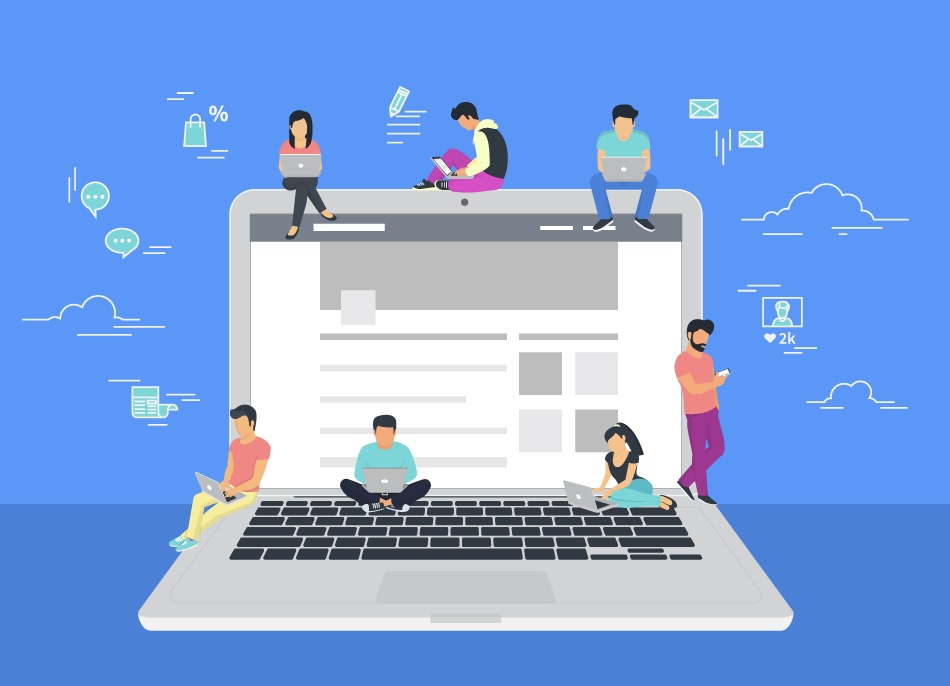Module 6: User Stories
User stories are a technique commonly used in software development and project management to capture requirements from the perspective of end users or stakeholders. They are concise descriptions of a specific functionality or feature that a software system should possess, written from the user’s point of view.
Table of Contents
Outcomes
Upon completion of this module, you should be able to:
- Compose user stories that capture specific features and functionality from the perspective of end users to inform the development process.
A Simple User Story Template
A user story typically follows a simple template that includes three components:
- Role: This describes the type of user or stakeholder who will benefit from the feature or functionality.
- Goal: This explains what the user wants to achieve or the problem they want to solve using the software.
- Benefit: This outlines the value or benefit the user will gain from the feature or functionality.
Here’s an example of a user story for an online shopping application:
User stories are often written on small index cards or sticky notes, which can be easily organized and prioritized in a product backlog. They serve as a starting point for discussions between the development team, product owner, and stakeholders, helping to elicit and refine requirements, prioritize work, and ensure that the developed software meets the needs and expectations of the users.
User stories play a crucial role in software development projects for several reasons:
- User-Centric Approach: User stories help shift the focus from technical requirements to the needs and goals of the end users. By capturing user requirements in the form of stories, development teams can better understand and prioritize features that provide value to the users.
- Effective Communication: User stories serve as a means of communication between stakeholders, product owners, and development teams. They provide a clear and concise description of what the user wants to achieve and why, enabling effective collaboration and shared understanding among team members.
- Agile Development: User stories are a fundamental component of Agile methodologies, such as Scrum. They support iterative and incremental development by breaking down complex requirements into smaller, manageable pieces. This allows for shorter development cycles, faster feedback loops, and the ability to adapt to changing needs.
- Prioritization and Planning: User stories help with prioritizing development efforts based on user needs and business value. By estimating the effort required for each user story, product owners can make informed decisions about feature implementation and project timelines.
- Testability: User stories provide a basis for test-driven development (TDD) and acceptance testing. They define the expected behavior of the software from the user’s perspective, allowing developers and QA teams to create test cases that align with user requirements.
- Flexibility and Adaptability: User stories promote flexibility and adaptability during the development process. As user needs evolve or new insights emerge, stories can be added, modified, or reprioritized to accommodate changes, ensuring the software aligns with user expectations.
Overall, user stories help bridge the gap between users and development teams, ensuring that the software being developed meets the needs, expectations, and goals of the end users. They provide a user-centric, collaborative, and iterative approach to software development, resulting in higher customer satisfaction and improved product quality.
Examples of User Stories
What’s Next
Next we’ll start looking at different ways to test our ideas using Proof of Concept design.
Glossary
Here we’ll create a list of the module’s key terms